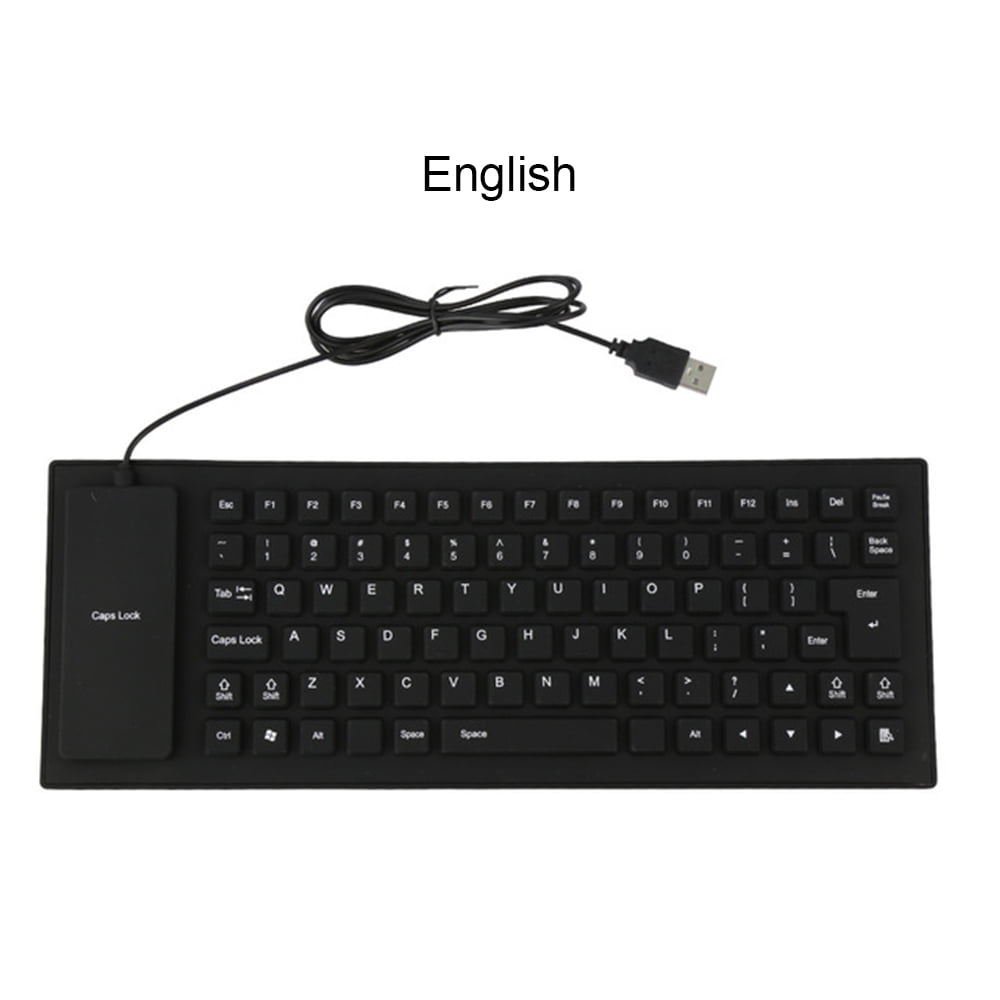


- USB KEY FOR COMPUTER TRANSDATA HOW TO
- USB KEY FOR COMPUTER TRANSDATA SERIAL
- USB KEY FOR COMPUTER TRANSDATA WINDOWS 10
First, head back to the Group Policy editor and change the option back to “Allow Startup Key With TPM”. If you change your mind and want to stop requiring the startup key later, you can undo this change.
USB KEY FOR COMPUTER TRANSDATA HOW TO
How to Remove the Startup Key Requirement (The “Numerical Password” key protector displayed here is your recovery key.) Once your USB security key is set up, it serves as an extra layer of security for adding transfer recipients to your account and for extra security at login. research due to the feasibility of mount non-storage devices to Docker.
USB KEY FOR COMPUTER TRANSDATA SERIAL
To double-check whether the TPMAndStartupKey protector was added properly, you can run the following command: manage-bde -status When prompted for your USB security key, all you need to do is tap the button on the key already inserted into your USB port, allow the browser to read your device and continue with your transfer. Since there have been experienced experience in developing with USB / serial box. Be careful with the key–someone that copies the key from your USB drive can use that copy to unlock your BitLocker-encrypted drive. You’ll be asked to insert the USB drive the next time you boot your computer. The key will be saved to the USB drive as a hidden file with the. manage-bde -protectors -add c: -TPMAndStartupKey x: You’ll also need to enter the drive letter of the connected USB drive you want to use as a startup key instead of x. The below command works on your C: drive, so if you want to require a startup key for another drive, enter its drive letter instead of c. On Windows 7, find the “Command Prompt” shortcut in the Start menu, right-click it, and select “Run as Administrator”
USB KEY FOR COMPUTER TRANSDATA WINDOWS 10
On Windows 10 or 8, right-click the Start button and select “Command Prompt (Admin)”. Next, launch a Command Prompt window as Administrator. To open the Group Policy Editor, press Windows+R on your keyboard, type “gpedit.msc” into the Run dialog, and press Enter. Once you’ve enabled BitLocker, you’ll need to enable the startup key requirement in Windows’ group policy. Step Two: Enable the Startup Key in Group Policy Editor If you have a Home version of Windows, you won’t be able to use BitLocker. You may have the Device Encryption feature instead, but this works differently from BitLocker and doesn’t allow you to provide a startup key. The below steps are only necessary when enabling BitLocker on computers with TPMs, which most modern computers have. If you go out of your way to enable BitLocker on a PC without a TPM, you can choose to create a USB startup key as part of the setup process. Before you can follow any of the steps below, you’ll need to enable BitLocker encryption on your system drive from the Control Panel. This, obviously, requires BitLocker drive encryption, which means it only works on Professional and Enterprise editions of Windows. USB 2.0 Flash Memory (7) USB 2.0 Flash Memory (8) USB 2.0 Flash Memory (9) A D B C E J I K F H G Internet L Signal Cable Type Signal cable Description A VGA Cable Shielded, 1.6m B Keyboard Cable Shielded, 1.8m C Mouse Cable Shielded, 1.8m D USB Cable Shielded, 1.2m E USB Cable Shielded, 1.2m F USB Cable Shielded, 1.2m G USB Cable Shielded, 1. Step One: Enable BitLocker (If You Haven’t Already)


 0 kommentar(er)
0 kommentar(er)
